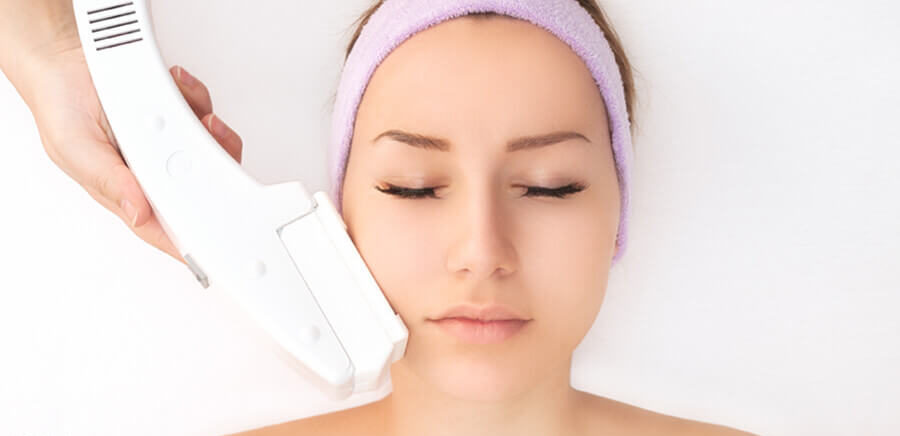INTENSE PULSED LIGHT

Definition: Intense pulsed light (IPL), is a technology aimed at producing light of high intensity during a very short period of time. It involves specific lamps together with capacitors whose rapid discharge provides the high energy required. [1]
Uses
IPL is most commonly employed by medical practitioners and estheticians, is a method of hair removal from the body. It involves the use of a specially constructed xenon flash lamp and focusing optics.
The Intense Pulsed Light hair removal process has become very popular due to its cheaper and faster procedure compared to laser hair removal. The comparison of effectiveness between Intense Pulsed Light and Laser Epilation is debated by scientists, equipment manufacturers and practitioners, but results are generally accepted to be roughly equivalent. It is also used for the treatment of the skin in a process known as photorejuvenation. [3]
How It Works
The focused, broad-spectrum light is applied to the surface of the skin by way of either a hand-held wand or an articulated arm. Usually IPL devices have filters which can narrow the band of wavelengths that are being used to make the device more specific. [2] This light travels through the skin until it strikes the hair shafts or the bulb (root) of the hair. The bulb is usually where the highest concentration of melanin is located, as opposed to the rest of the hair shaft. As the light is converted to heat energy, the bulb and most of the hair shaft are instantly vaporized. The intense heat radiated by the hair also destroys the hair-producing papilla or the entire hair follicle. It is also claimed that direct light-heat conversion occurs directly in the darker colored capillaries that bring nourishing blood vessels to the follicle. [3]
Conditions Treated by IPL
IPL technology is also employed in the treatment of medical disorders of the skin including:
- Sun damage induced dyspigmentation and vascular changes
- Excess Hair
- Poikiloderma of Civatte
- Acne Rosacea
- Broken capillaries/telangiectases
- Vascular and pigmented birth marks [3]
In terms of rosacea, IPL offers one of the few effective treatments to relieve the facial redness associated with the disorder. Such treatment may be administered by a dermatologist or other medical specialist with experience treating skin disorders. This new technology incorporates ‘dual mode filtering’ and other important advances which result in safer and more effective treatment than older systems designed for hair removal. [4]
Who is an Ideal Candidate?
Typically IPLs will work better for hair removal on lighter skin with darker hair as the wavelengths target pigment to reduce hair and if the skin is dark and the hair is also dark, the light will have trouble differentiating which to target. [2]
Does IPL Hurt?
The pulses of light produced by IPL equipment are very short in duration, so discomfort and damage to non-target tissues is minor. Most people who undergo IPL epilation only experience slight irritation similar to that of a minor sunburn though under certain circumstances, blisters may occur. Men undergoing the procedure experience greater discomfort as male body hair is generally thicker than women’s, and a higher energy setting is needed. Depending on the instrument settings and intensity, treating sensitive areas such as the chest and face can result in pain comparable to waxing the same areas; however this pain dissipates immediately. The light that emanates from the IPL wand is filtered to remove any ultraviolet components, eliminating the possibility of UV skin damage. [2]
IPL’s (Intense Pulsed Light) work more directly on the top layers of the skin and do not penetrate deep enough to damage hair germ cells, without potential damage to the epidermis. [4]
References:
- http://www.hairfacts.com/methods/flashlamp.html
- Hair Removal. The Patient’s Guide. http://www.hairremovaljournal.org/


